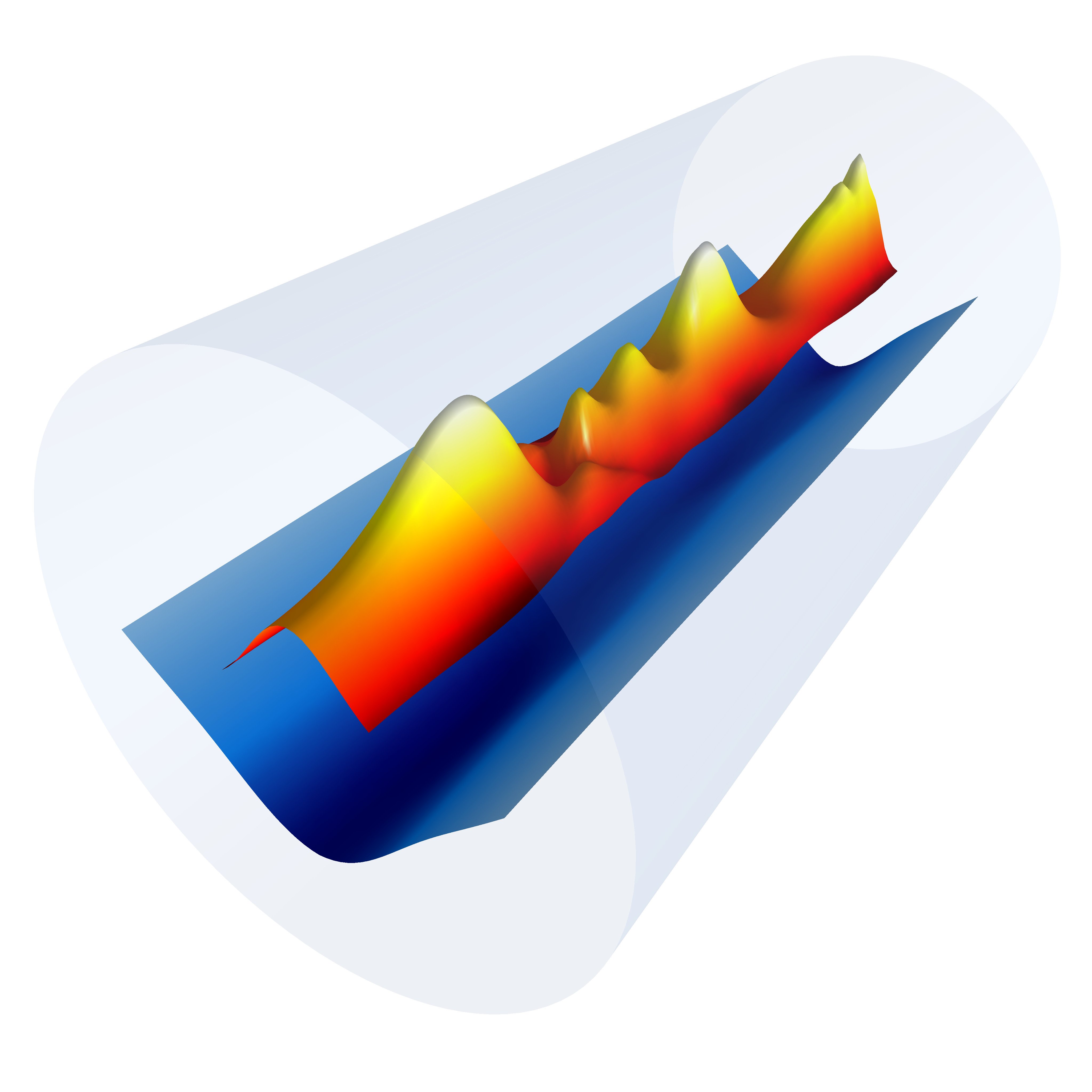To understand the fundamental nature of our universe, scientists would like to build particle colliders that accelerate electrons and their antimatter counterparts (positrons) to extreme energies (up to tera electron volts, or TeV). With conventional technology, however, this requires a machine that is enormously big and expensive (think 20 miles long). To shrink the size and cost of these machines, the acceleration of the particles – how much energy they gain in a given distance – must be increased.
This is where plasma physics could have a dramatic impact: a wave of charged particles – a plasma wave – can provide this acceleration through its electric field. In a laser plasma accelerator, intense laser pulses are used to create a plasma wave with electric fields that can be thousands of times stronger than those attainable in conventional accelerators.

Recently, the team at Berkeley Lab’s BELLA Center doubled the previous world record for energy produced by laser plasma accelerators, generating electron beams with energies up to 7.8 billion electron volts (GeV) in an 8-inch-long plasma. This would require about 300 feet using conventional technology.
[ad_336]
The researchers achieved this feat by counteracting the natural spreading of the laser pulse using a new type of plasma waveguide. In this waveguide, an electrical discharge is triggered in a sapphire tube filled with gas to form a plasma, and a “heater” laser pulse drills out some of the plasma in the middle, making it less dense so that it focuses the laser light (Figure 1). The plasma channel is strong enough to keep the focused laser pulses well-confined over the 8-inch accelerator length.
“The heater beam allowed us to control the propagation of the driver laser pulse,” said Dr. Anthony Gonsalves. “The next experiments will aim to gain precision control over electron injection into the plasma wave for achieving unprecedented beam quality, and to couple multiple stages together to demonstrate the path to even higher energy.”
Getting the next generation of electron-positron colliders to TeV energies will require linking a series of laser plasma accelerators, with each stage giving the particles an energy boost. The Berkeley Lab achievement is exciting because 7.8 GeV is about the energy needed for these stages to be efficient.